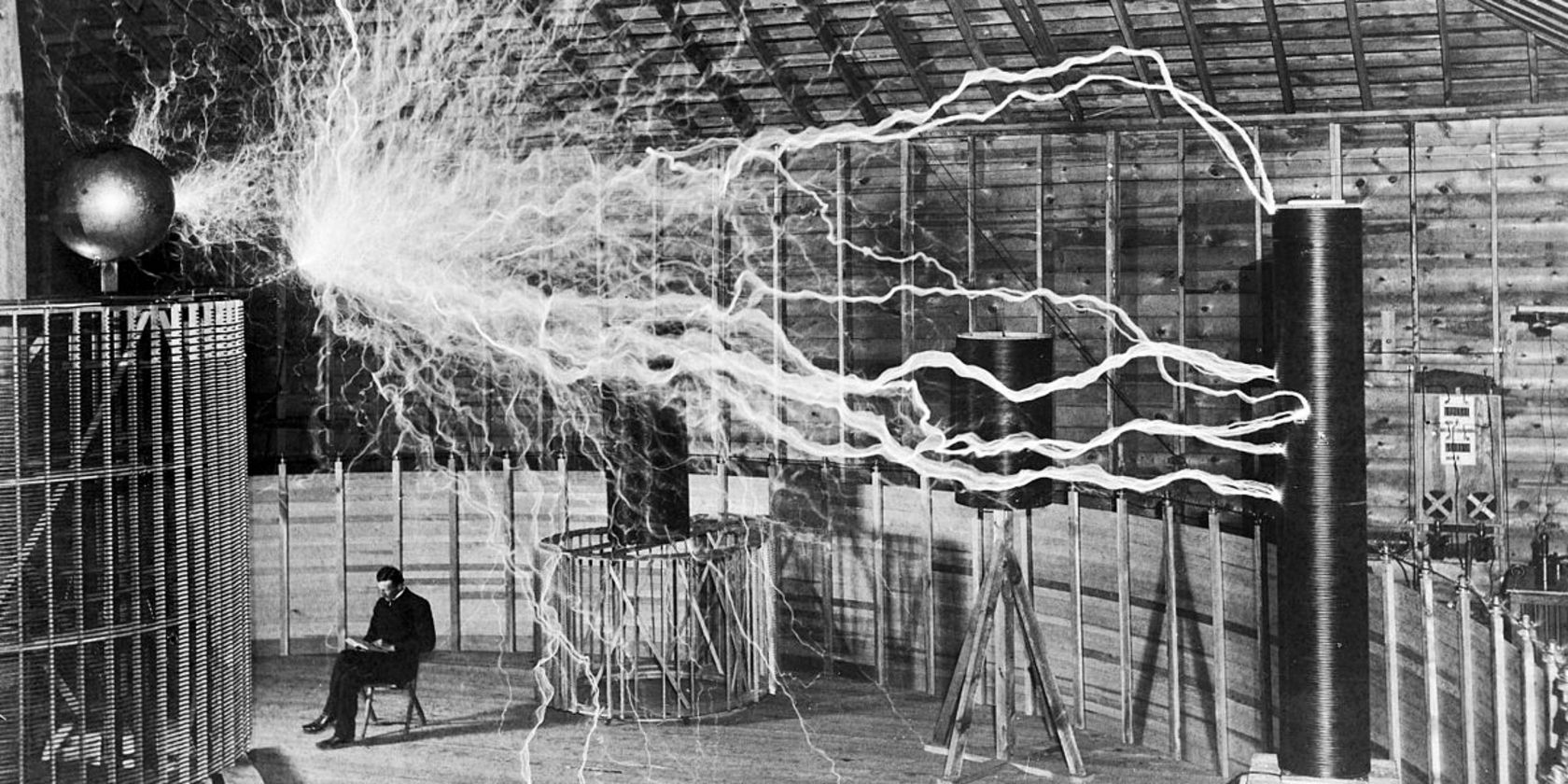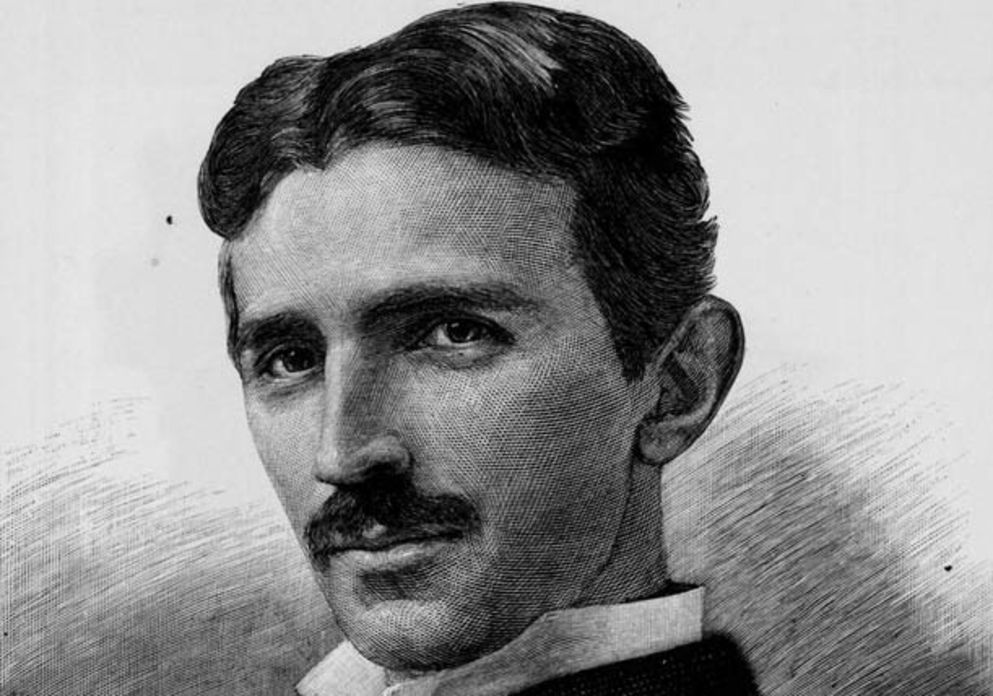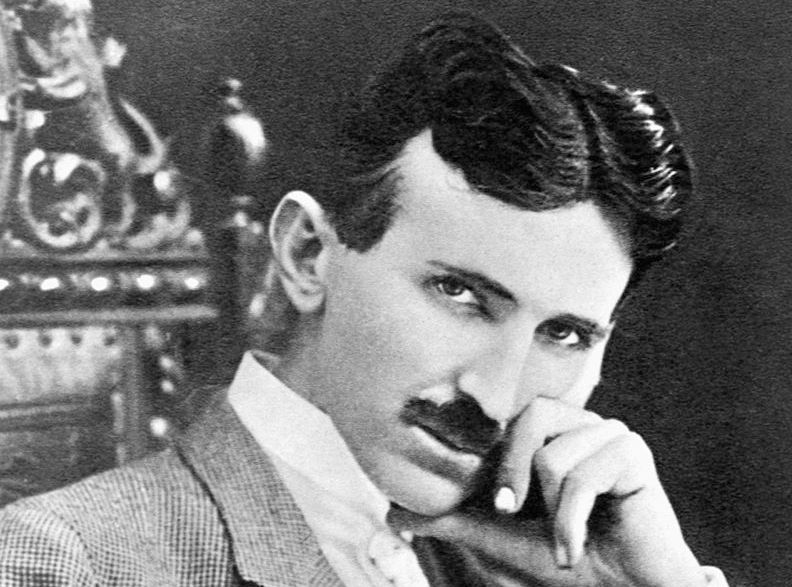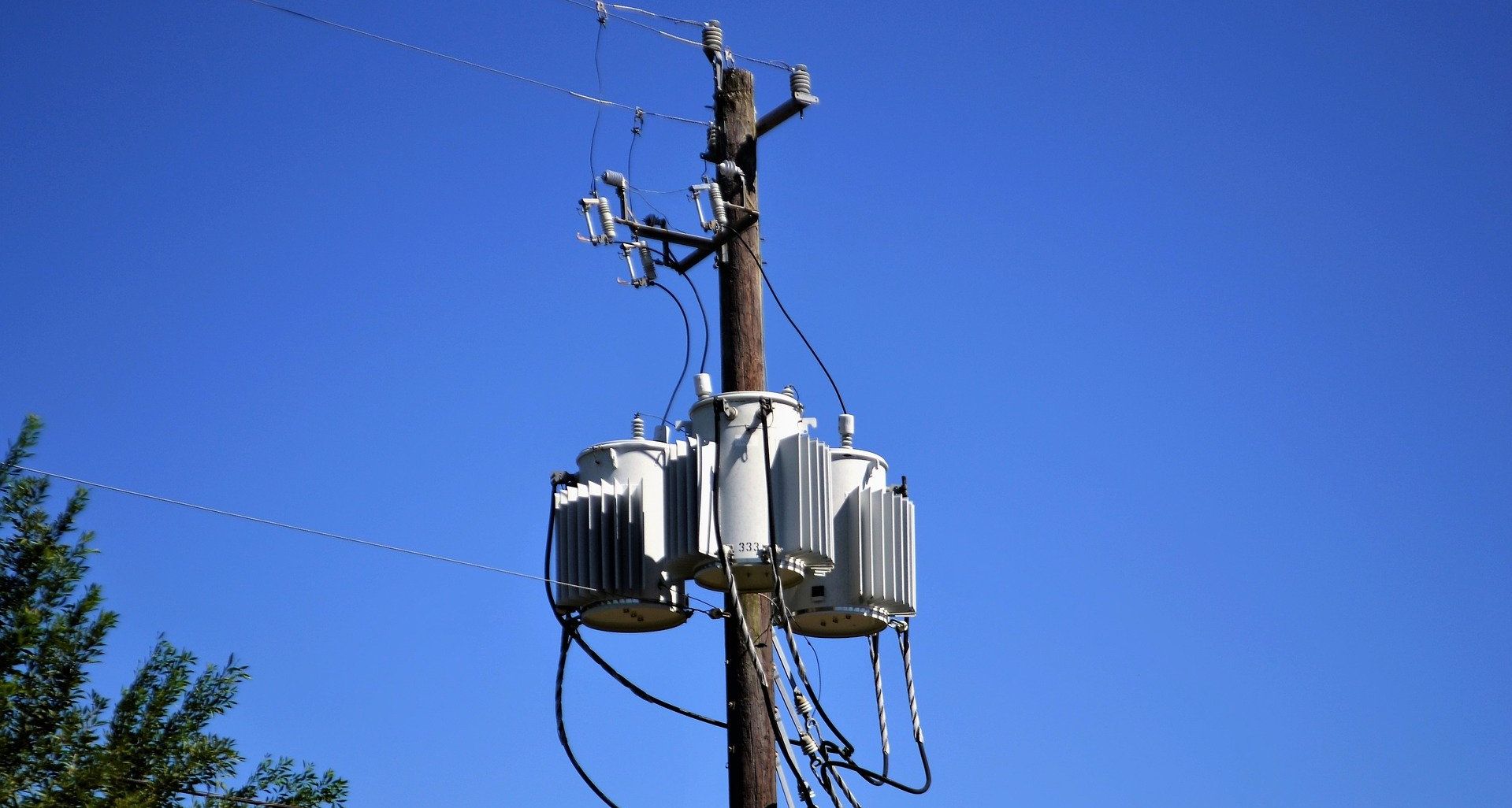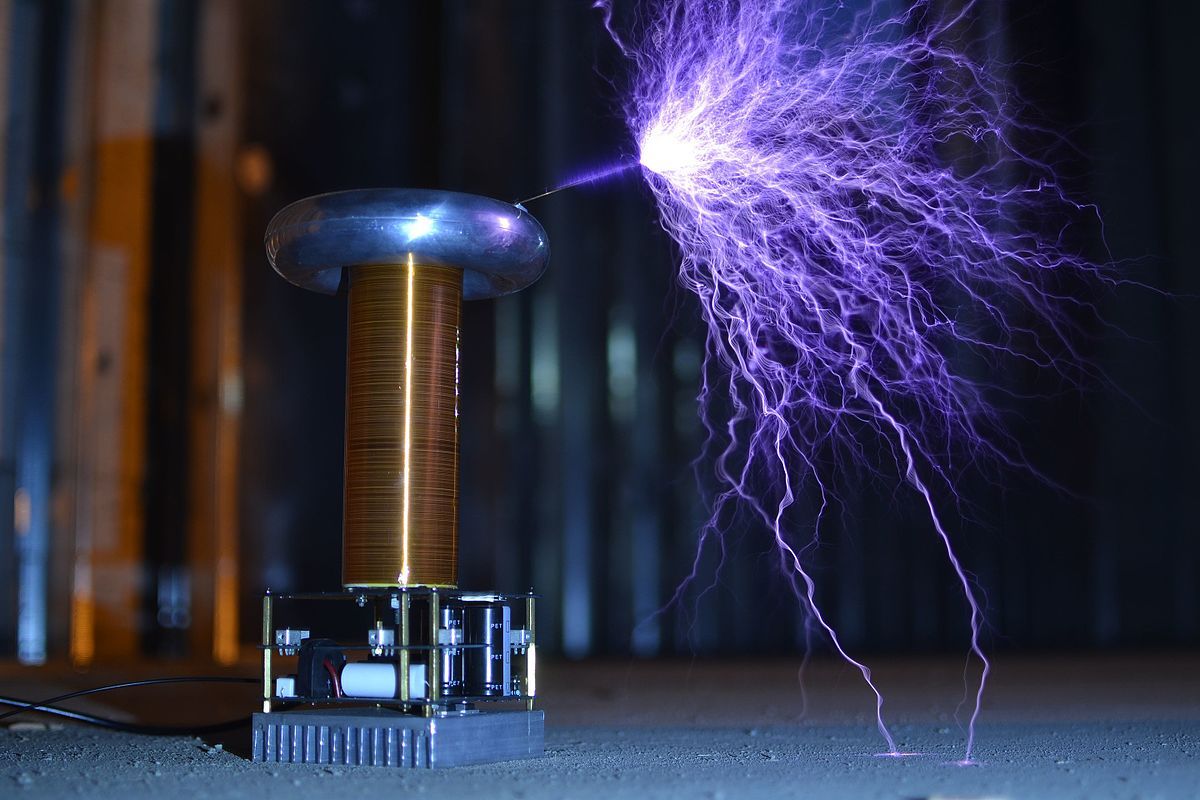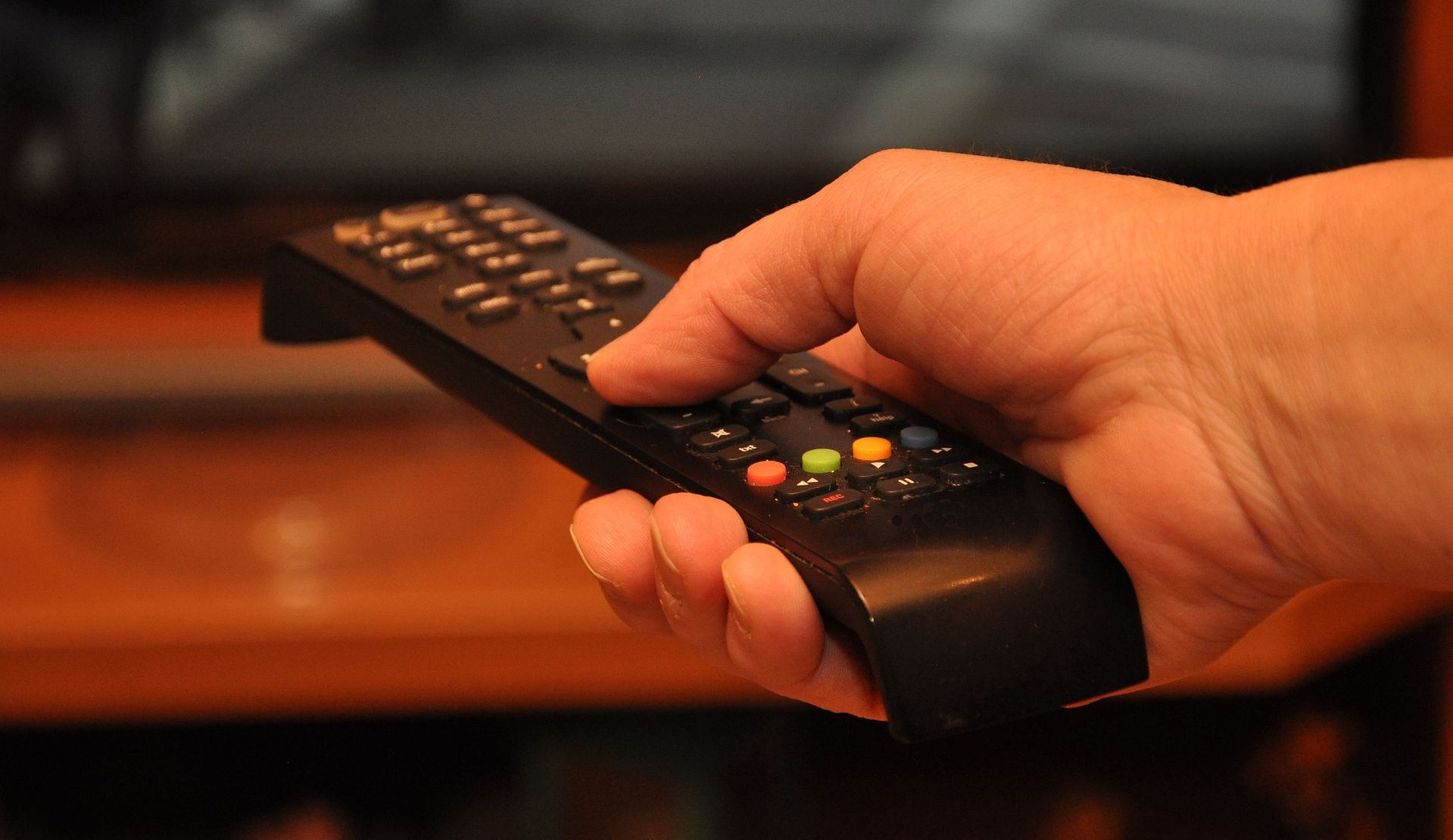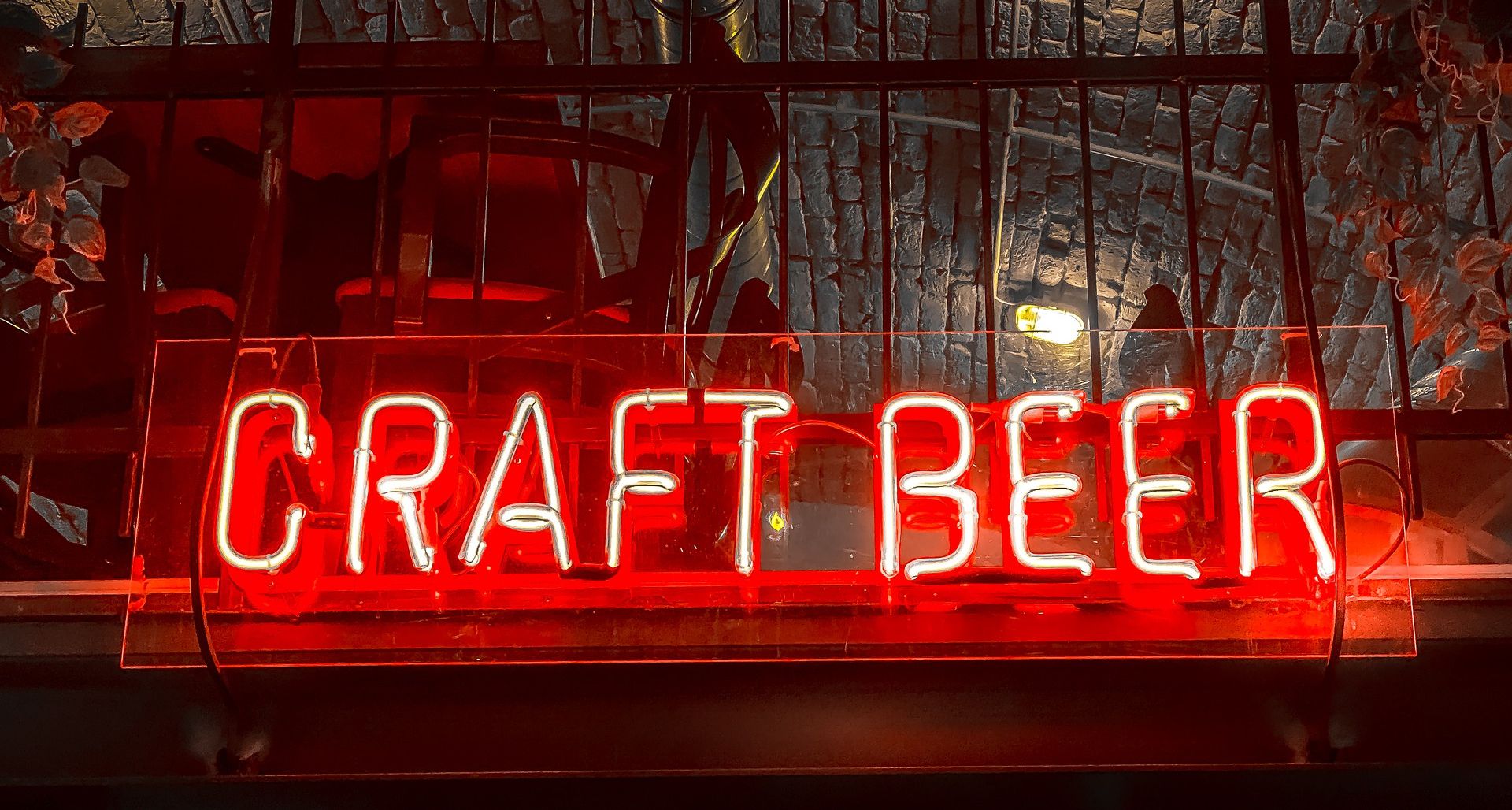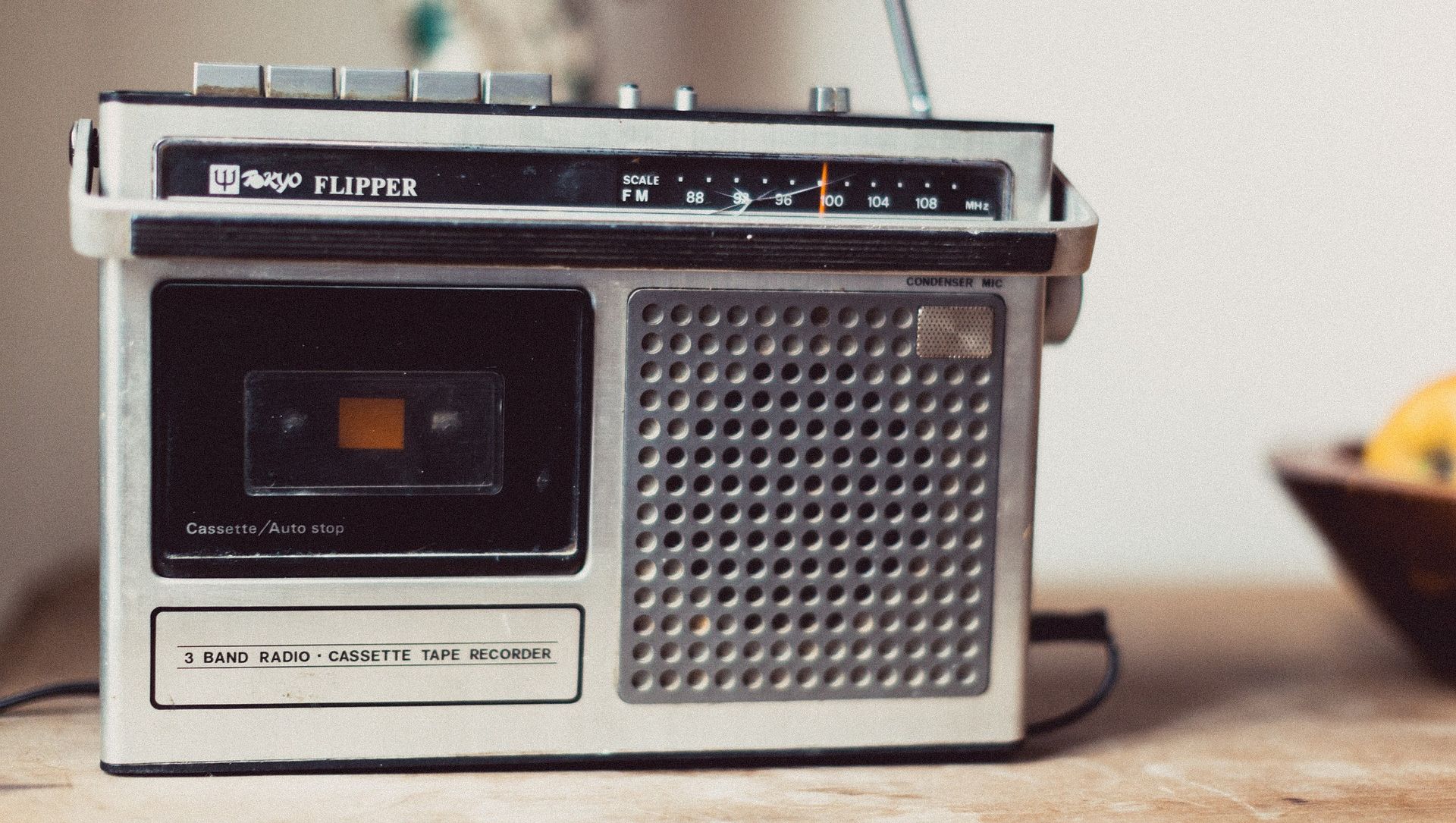When you think of the word 'Tesla,' it's natural for images of electric cars and billionaires to pop up. However, the inventor Nikola Tesla, who Elon Musk named his company after, played a huge part in history and changed the course of many people's lives. So, who was Nikola Tesla, and what key inventions was he responsible for?
Who Was Nikola Tesla?
Tesla was born in 1856 in an area of the Austrian Empire now known as Croatia. In school, Tesla's physics professor would carry out demonstrations of how electricity worked, greatly interesting the young Tesla. He enrolled at the Imperial-Royal Technical College in Graz, Austria, in 1875, after evading conscription into the Austro-Hungarian Army.
During his time at college, Tesla achieved incredibly high grades and apparently never missed a lecture in his final year. After the death of his father, however, things started to go downhill quickly. Tesla began slacking off at college and gambled away the entirety of his tuition fund. Ultimately, Tesla was unable to sit his exams and never graduated from college, despite his promising start.
In 1882, Tesla began working at the Continental Edison Company in Paris (owned by famous businessman Thomas Edison). Tesla's advanced knowledge of electricity was noticed by his superiors during his time at the Edison company, and he was called upon to create improved versions of dynamos and motors.
After Tesla left the Continental Edison Company, he obtained a patent for a modified DC generator he created while still at the company and began working on receiving a patent for the arc lighting system that he also invented while working there. He also made groundbreaking advancements in the field of electricity and created the first AC (alternating current) motor.
Unfortunately for Tesla, investors weren't very interested in his inventions, and Thomas Edison was also busy ensuring he didn't do too well by performing public demonstrations of how "dangerous" AC was (though this was not true).
Though Tesla's life was full of hardships and disappointment, he managed to invent some truly incredible devices, some of which paved the way to modern technology. So, what did Tesla invent?
1. The AC Motor
As mentioned above, Nikola Tesla did, in fact, invent the AC motor, not Edison! Tesla achieved this huge technological feat in 1887 after being given a laboratory space to work in by Alfred S. Brown, a Western Union superintendent.
As the names suggest, AC motors involve a current that can switch back and forth at certain intervals, while DC only flows in one direction. While this may seem like a small difference, AC offered some big advantages over DC.
Firstly, AC is cheaper to generate and operate than DC, which is, of course, a big advantage for electricity suppliers. It is also easier to generate an AC than DC. Lastly, and perhaps most importantly, AC can be transmitted over much longer distances than DC. This has ultimately allowed millions of people worldwide to access electricity in their homes from power plants without having to live anywhere nearby.
Though Tesla was indeed responsible for creating the AC motor, many still believe it was Edison's invention, given how cunning Edison was as a businessman and ensured he could continuously promote his DC motor. Tesla being not nearly as well-versed in business, did not promote his AC motor nearly as well. Because of this, many are unaware of this incredible feat by Tesla, despite AC being used globally today.
2. Tesla Coil
You're probably familiar with the infamous coil that shoots off bolts of purple and blue lightning. Well, this fascinating device was the brainchild of Nikola Tesla.
Tesla invented the coil, otherwise known as an electrical resonant transformer circuit, in 1891, just a few years after he developed the AC motor. Tesla wanted to provide the whole world with electricity without the need for grids or thousands of wires. Tesla conducted a lot of experimental procedures with electricity, some of which weren't exactly safe. The Tesla Coil, in particular, was a little risky to create.
Extremely high voltages are required to operate a Tesla coil, and touching it while it is on can be very dangerous. However, this mechanism could indeed generate and transmit electricity wirelessly. However, this technology is not used commercially today. So, why is this?
Firstly, a considerable chunk of the electricity produced by a Tesla Coil will simply radiate into space, making for a lot of waste. Secondly, it would be impossible to track how much electricity any given customer is receiving, so billing would become a huge issue. Among a number of other reasons, these downsides make the use of wireless electricity a little too complicated.
3. The Remote Control
Yep, Tesla actually invented the first remote control in history. Before it was called a remote control, Tesla named his invention the "teleautomaton" and unveiled it at New York's Madison Square Garden in 1898.
Instead of using infrared rays, as traditional TV remotes do, Tesla's teleautomaton used radio waves. He used this device to control a small toy boat during his 1898 public demonstration. The boat was fitted with a set of antennae to pick up on the radio waves emitted by the remote.
Tesla tried to sell the remote and toy boat as a set commercially, but the public just wasn't that interested. However, the concept itself was picked up through the years, and remote controls can now be found in most homes.
4. Neon Lamps
While Tesla did not directly invent neon lights, he did play a big role in improving this invention.
Five years before his Madison Square Garden demonstration of his teleautomaton, Tesla demonstrated an improved neon light during the Chicago World Fair. During this demonstration, Tesla showed how these lights could be bent and molded to create different words and shapes.
This feature of neon lights, which you now see being used in bars and clubs in our current day, was developed by Tesla. And, let's be honest, one of the best parts of neon lights is their mold-ability! You can thank Tesla for that.
5. The Radio
While many believe that the Italian inventor Guglielmo Marconi first developed the radio, this actually was not the case. Remember that Tesla used radio waves to operate his teleautomaton? Well, Tesla decided to build the Wardenclyffe Tower, a huge radio transmission tower in Long Island, as soon as he realized the potential of radio.
However, Tesla quickly ran out of funding for the project, and he could not transmit radio waves over long distances. Marconi essentially beat him to the first long-range radio transmissions. But let's not forget that, while Tesla could not successfully run his transmission tower (also known as the Tesla Tower), his work in the field of radio transmission added to the tremendous work taking place at the time.
Nikola Tesla Was a Serial Inventor
Though Tesla lived the end of his life quite tragically, lonely and out of money, the inventions he created during his lifetime truly paved the way to technology that we could not live without today. It's safe to say that Tesla was one of the greatest inventors of all time, and we can only hope to see more budding geniuses like him in the future.

